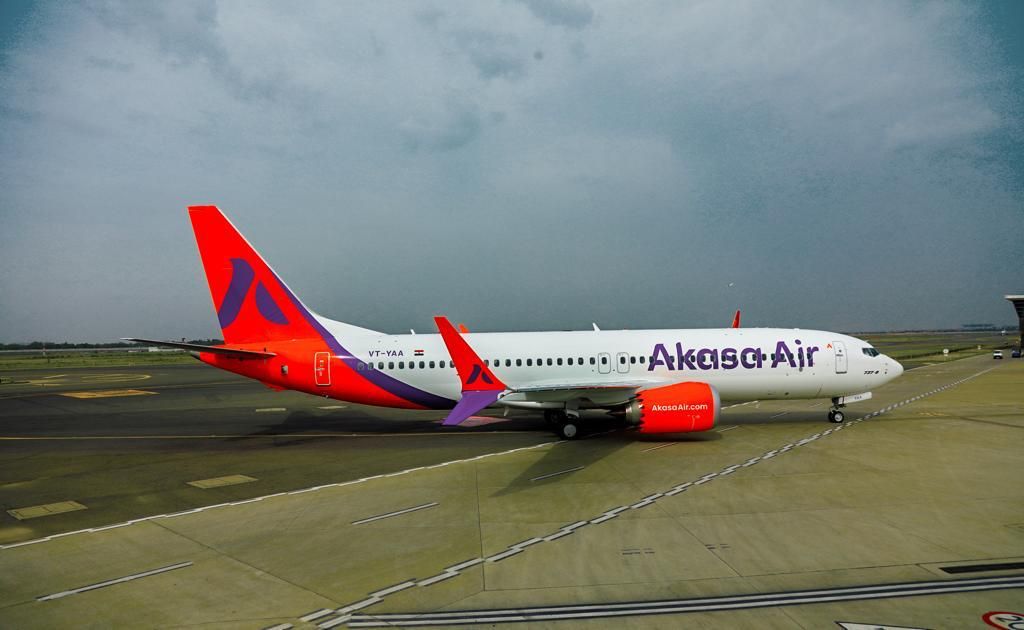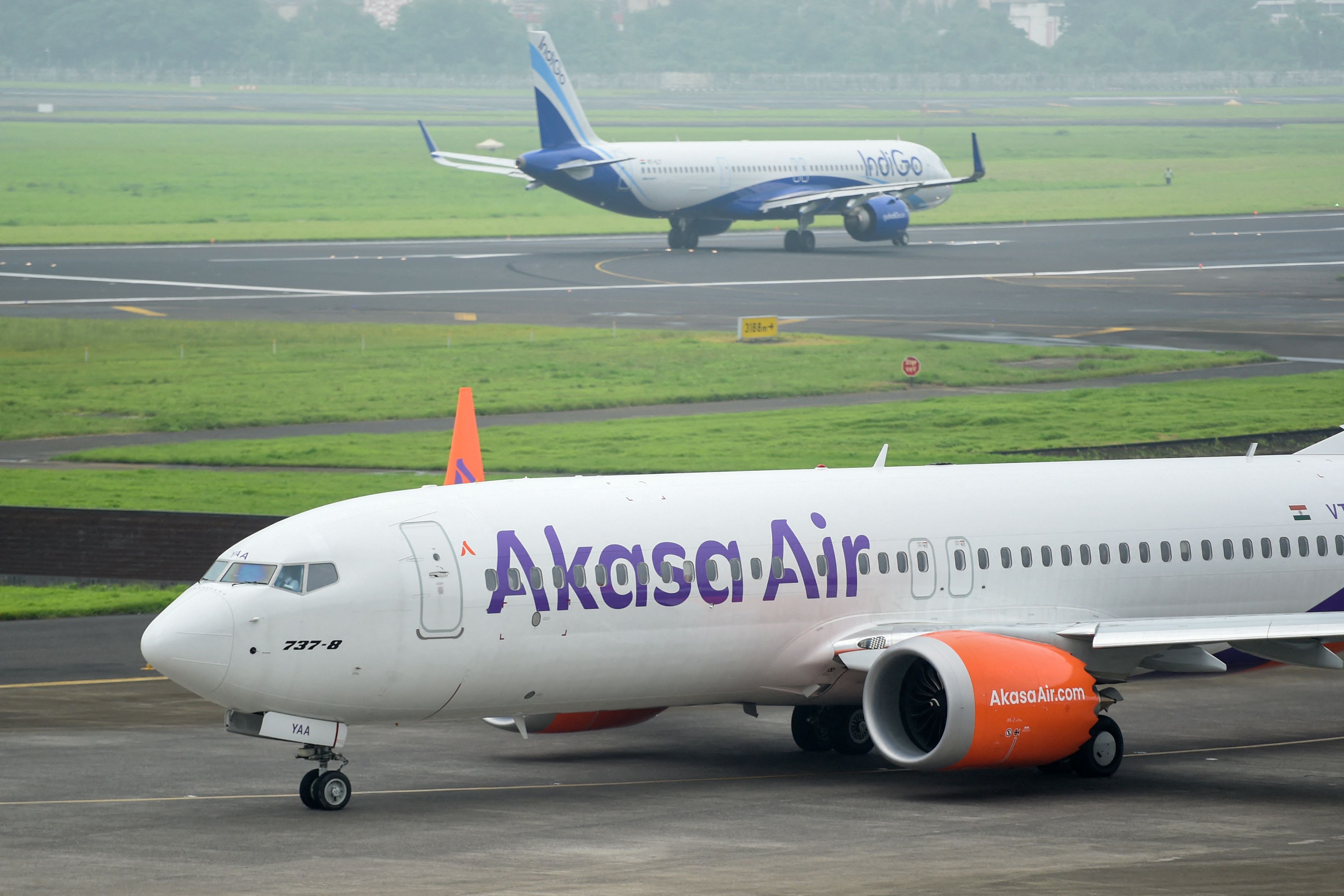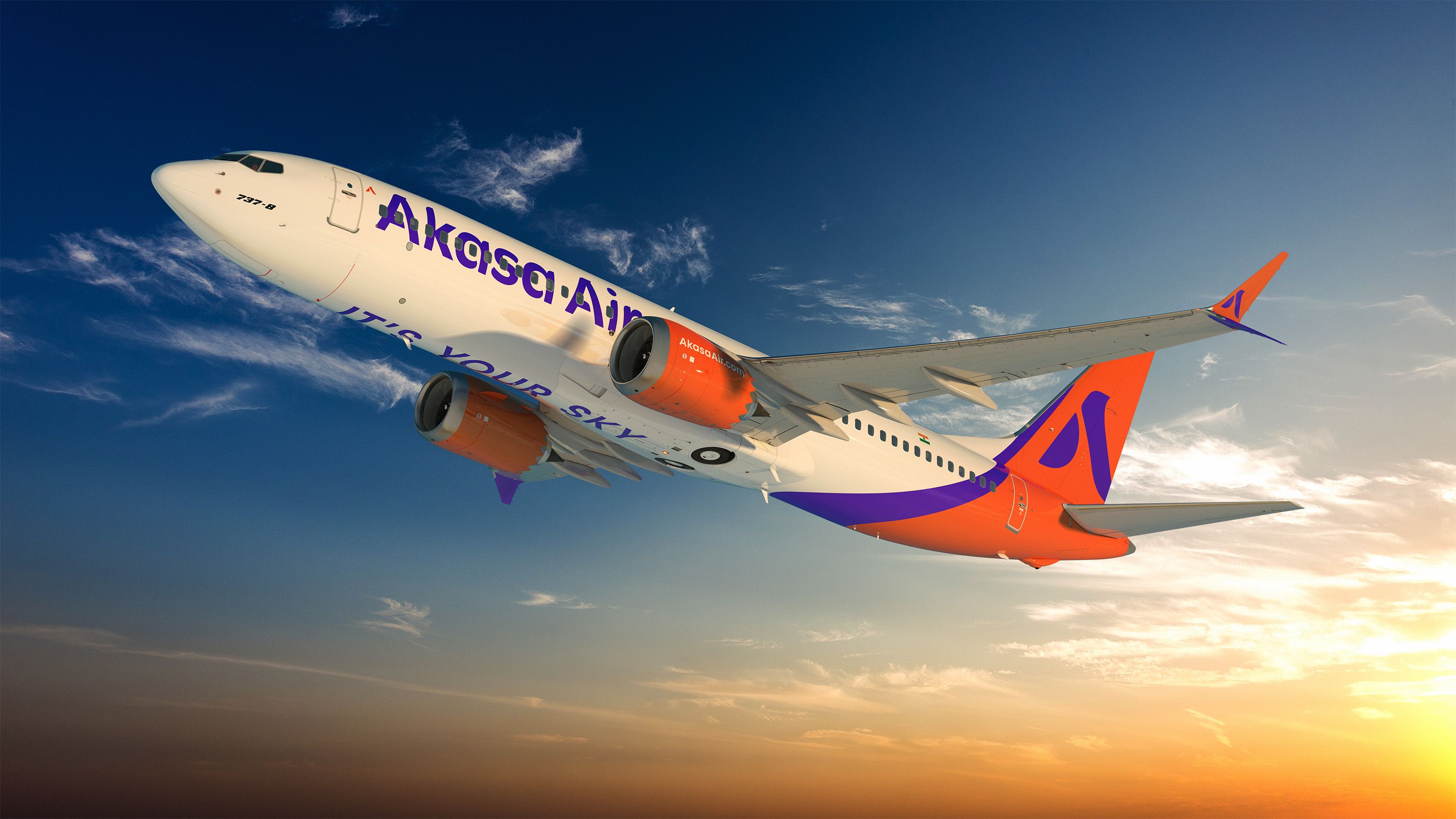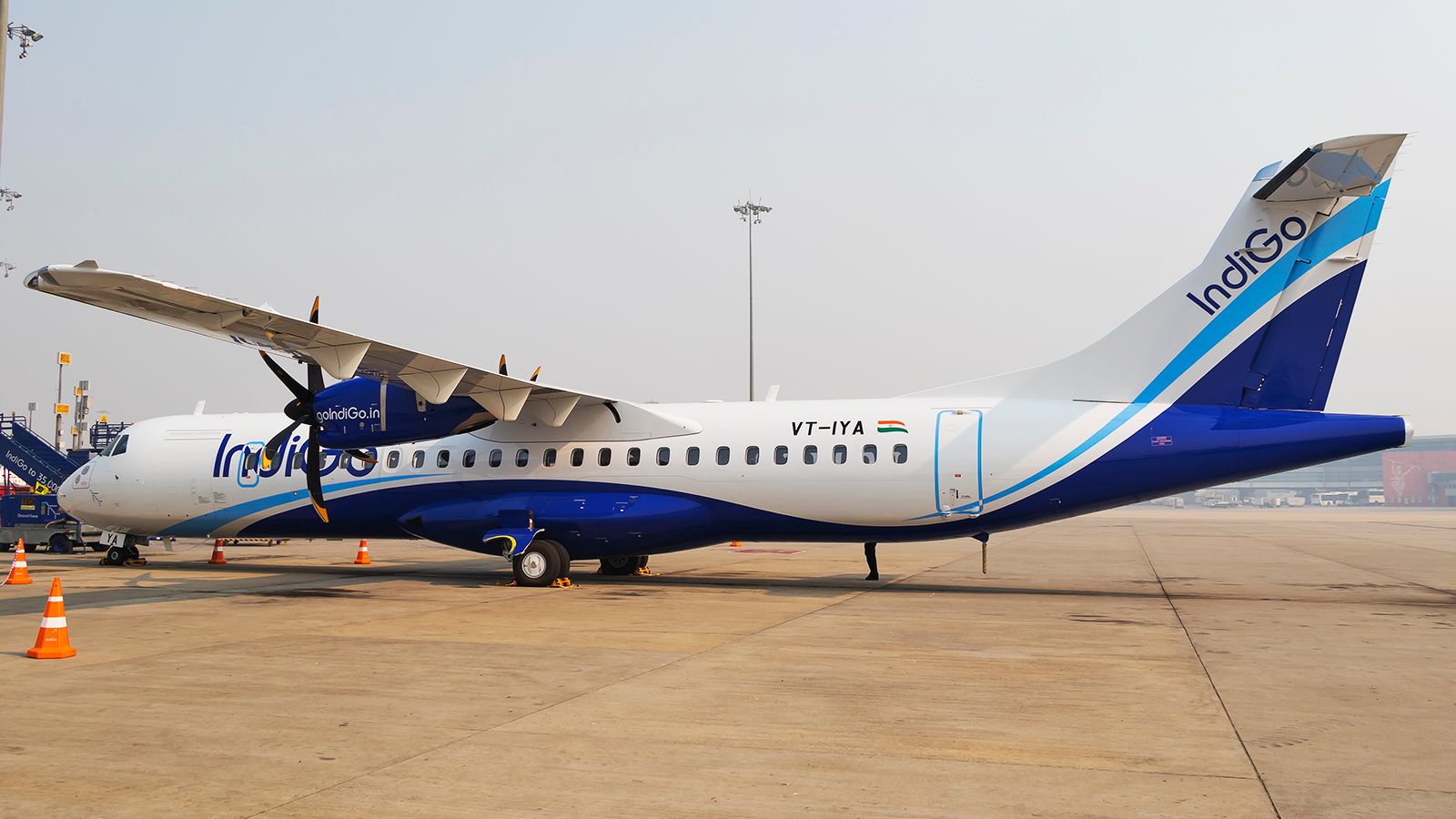Akasa Air is taking seriously its promise of focusing more on non-metro cities, with several of its existing routes focusing on such destinations. Now, it has emerged that it is also considering parking some of its planes overnight at some of the tier-2 and 3 city airports it serves.
Focus on non-metro cities
In the months leading up to the launch of Akasa Air, its top management had made it clear that the airline would primarily focus on connecting metro cities with India’s tier-2 and tier-3 destinations. Indeed, its initial network already features cities like Guwahati, Agartala, and Kochi. In fact, India’s largest airport Delhi (DEL), didn’t even feature on the airline’s map until its second month.
But the airline is not just interested in landing slots at some of the smaller airports; it is reportedly also considering parking its airplanes at some of these places. A report by Mint quotes an airline official as saying,
“We are evaluating options to base our aircraft and looking at tier-2, tier-3 cities, we have announced flights to Guwahati and Agartala. Beyond that, we will explore opportunities to park our aircraft. It does not really matter to us whether it is tier-2, tier-3 or tier-4 cities. If we see potential, we will do what is right for the airline’s economic standpoint.”
Growing fleet
At the moment, Akasa parks its planes in Mumbai (BOM) and Bengaluru (BLR) airports. But as it adds more aircraft with a sharp focus on expanding its footprint in non-metro cities, the option of overnight parking at such airports seems plausible.
Get the latest aviation news straight to your inbox: Sign up for our newsletters today.
Last week, Akasa’s CEO Vinay Dube expressed his satisfaction with the delivery rate of the Boeing 737 MAX aircraft at the rate of one plane every two weeks. At this speed, Akasa is confident of adding 18 aircraft by March next year.
It has also established its presence in the metro cities of the north (Delhi), west (Mumbai and Ahmedabad), and south (Bengaluru and Chennai). Going forward, the airline is expected to include other smaller towns in each region gradually and have a big enough presence at such airports to warrant overnight parking.
Regional aviation gains importance
Akasa’s focus on regional aviation isn’t exactly a punt. Over the last few years, many established players have started deploying their planes to tier-2 and tier-3 cities as a growing middle class across the country can now afford to fly.
Check out more Indian aviation news here.
SpiceJet has a fleet of Dash 8 airplanes, and IndiGo, which for the longest time operated a single fleet type of A320 family of aircraft, inducted its first ATR plane in 2017 to focus more on regional routes.
Indeed, in the last five years alone, more than 10 million passengers have taken advantage of the Indian government’s regional flying scheme called UDAN and given business to airlines.
There have also been several rounds of bidding in the last five years for subsidized routes. Earlier this year, the government received more than 100 bids from several small airlines and established carriers such as SpiceJet. This suggests that airlines are still open to the idea of connecting tier-2 and tier-3 towns if the supporting infrastructure is in place.
What are your views on this? Please leave a comment below.
Source: Mint




